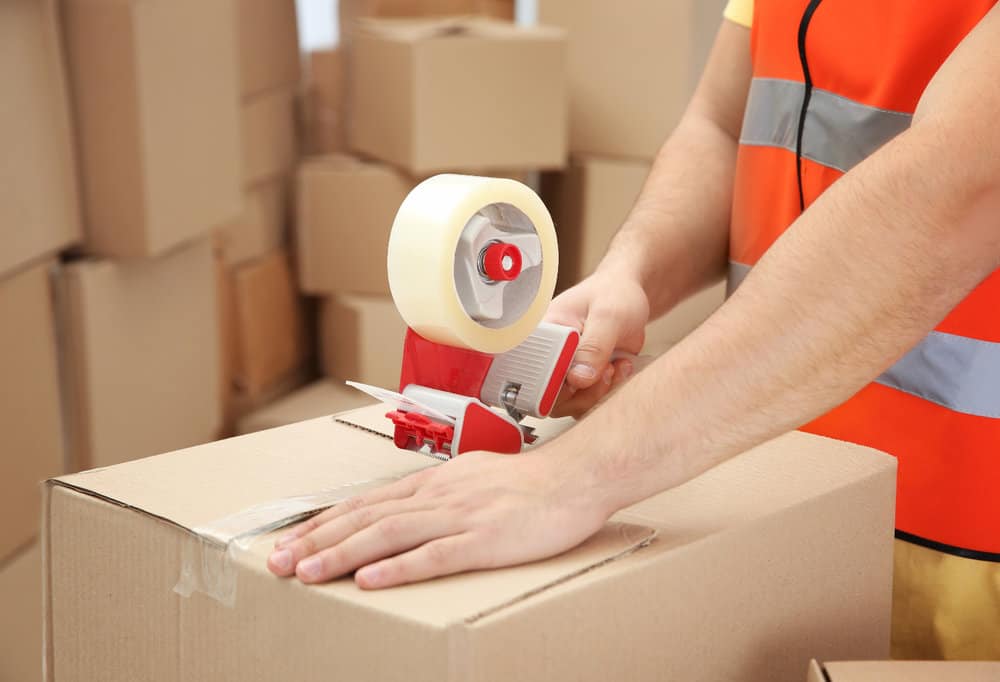
Online retailers and buyers alike often face the conundrum of being made to choose between fast delivery and low-cost shipping. Buyers are forced to pay extra to ensure same-day delivery of items.
At the heart of Michael Jon Lazar’s guest blog post for the Shippo website is the lingering issue that couriers and shippers alike has faced – the risk of lowered income once the customer has decided to forego the express rates to be paid. More losses are at risk once product returns become a factor in crunching the numbers.
Months after FreightWaves discussed how the fastest shipping service gets the most business, the analogy still rings true. It turned out to be congruent with Lazar’s analysis of how some customers are willing to shell out money to get their orders delivered within the same day. And that is how some CNBC survey respondents defined fast shipping.
Based on the graph that Lazar used in his guest blog post, the questions used in the survey were liberally asked. About 96% defined fast shipping as done within the same day. About 95% of the respondents defined fast shipping as delivery done on the next day. And about 92% considered it fast shipping if accomplished within 2 days.
If the 2-day time frame is followed, this explains why most online buyers would rather sign up for an Amazon Prime membership. Shipping time doesn’t go beyond the 2-day limit at low prices. The service has proved to be reliable with its 63 million-strong membership secured as of 2017.
Citing another research excerpt, this time from the Baymard Institute, Lazar noted the survey used to gather answers to the question, “Have you abandoned any online purchases during the checkout process in the past 3 months?” Sixteen percent of the respondents said yes, citing the reason as “Delivery was too slow,” 62% of the respondents said yes, citing the reason as “extra costs too high (shipping, tax, fees).”
There is another way to make online purchasers buy more in a way that maximizes the bottom line – volume purchases. Online shoppers are willing to add more items into the cart just to qualify for free shipping. This is an interesting purchasing behavior that was discovered from a survey conducted by Econsultancy with 58% of the respondents clicking the option “Add items to a cart for free shipping.”
Amazon Prime has set the trend indeed when it comes to customer order fulfillment. Other retailers are forced to follow suit based on customer demand unless they don’t mind their main customer base switching e-commerce platforms based on shipping timeliness and cost-effective measures applied to delivery fees.
The push to faster shipping is also stressing supply chains as last-mile delivery companies struggled to meet shipper and customer demands in a profitable way.
Stay up-to-date with the latest commentary and insights on FreightTech and the impact to the markets by subscribing.










